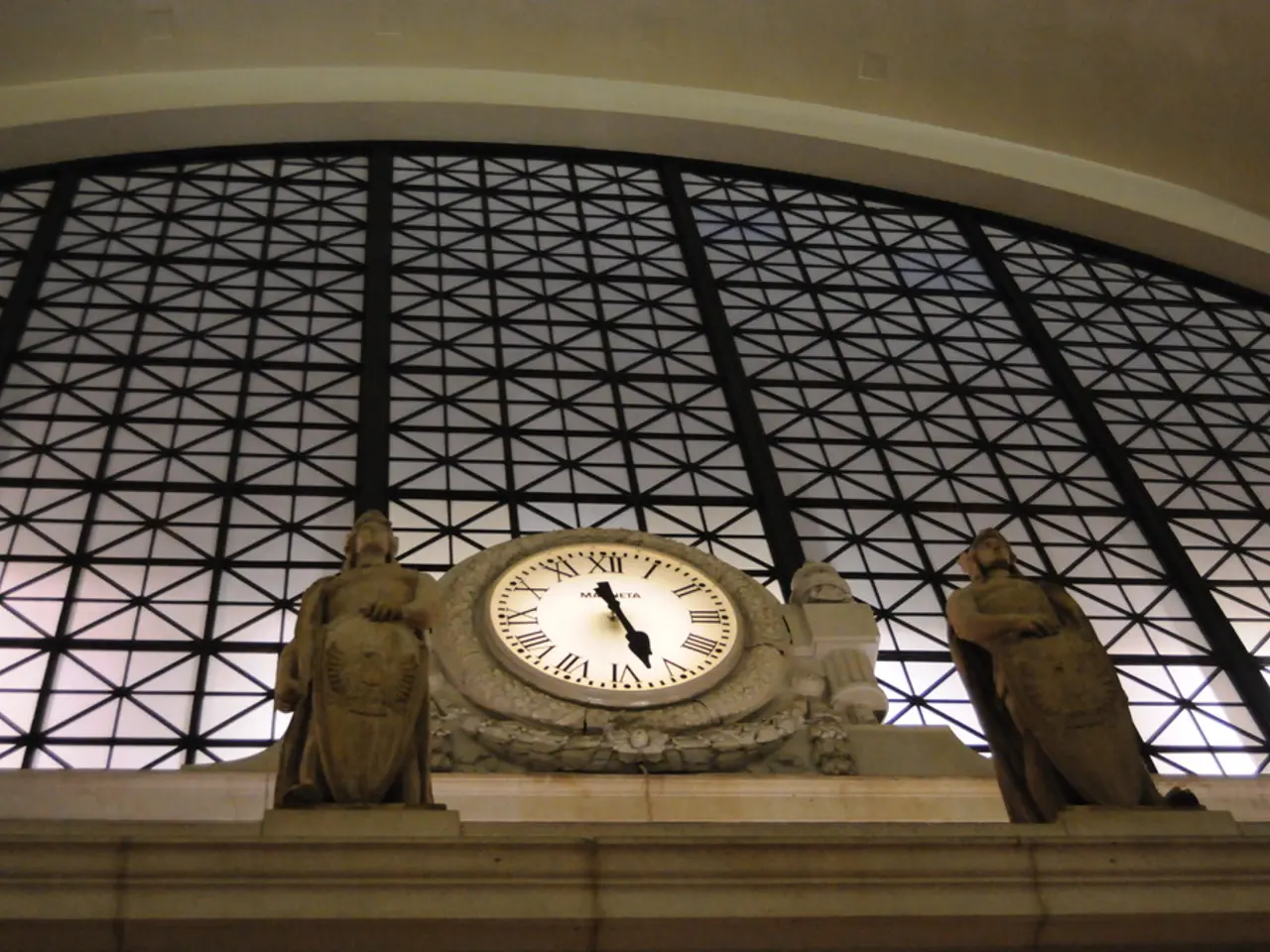Exploring Modern Art Through Unconventional Resources
==========================================================
In the ever-evolving world of art, contemporary artists are making a significant impact by embracing innovation and sustainability. They are challenging traditional notions of art-making, fostering interdisciplinary collaborations, and inspiring a broader shift towards ethical consumption and production practices.
One of the key ways they do this is by using recycled and upcycled materials. These materials, often seen as waste, are transformed into visually stunning and intellectually stimulating works that captivate audiences and provoke meaningful conversations about pressing social, environmental, scientific, and technological issues.
Artists like Thomas Dambo create large sculptures from 100% reclaimed wood, showcasing the hidden aesthetic and conceptual potential of discarded materials. Romuald Hazoumè, on the other hand, constructs African masks from recycled household waste, embedding political and cultural commentary about exploitation and ecological harm.
These works serve not just as protest or ecological advocacy but as a creative process that fosters a deeper human connection to waste, consumption, and environmental stewardship. By recontextualizing waste as art, artists like Dambo and Hazoumè are encouraging people to rethink their consumption habits and waste cycles.
Moreover, artists are raising awareness through symbolism and storytelling. Jen Stone's textile art, for instance, uses recycled fashion waste and AI elements to create immersive, ethereal experiences that invite reflection on sustainability and transformation in the context of technology and nature. Hazoumè’s masks address histories of colonialism, cultural loss, and modern economic exploitation via their recycled materials, creating a “subversive loop” that critiques ongoing systems of injustice.
Innovative materials in contemporary art extend beyond the traditional, encompassing 3D printing, bio-materials such as living organisms and bacteria, virtual reality technology, recycled or repurposed materials, and unconventional mediums such as light and sound. Artists incorporate these materials into their artwork by experimenting with new techniques and processes, collaborating with scientists and engineers, and pushing the boundaries of traditional art-making.
The benefits of using innovative materials are manifold. They allow artists to explore new possibilities, push the boundaries of traditional art-making, address contemporary issues, engage with new technologies, and create work that is relevant to the modern world.
By setting an example for sustainability, resourcefulness, creativity, collaboration, and scientific influences in their practice, contemporary artists are not just shaping the future of art but also the future of our world. Their works serve as a testament to the power of art in sparking change, raising awareness, and fostering a deeper understanding of our environment and our role in it.
Contemporary artists are expanding the realm of art by integrating innovative materials such as technology, home-and-garden waste, and recycled fashion, thereby fostering a lifestyle that encourages sustainability and ethical consumption. For instance, Jen Stone employs AI elements in her textile art, bridging the gap between technology and nature, while Romuald Hazoumè constructs African masks from household waste, addressing histories of exploitation and ecological harm. This blending of art and sustainability not only revolutionizes the art world but also influences the way people perceive their lifestyles and home-garden practices.




